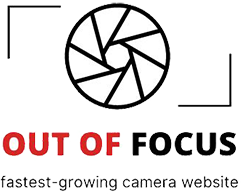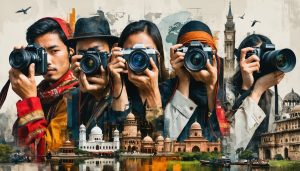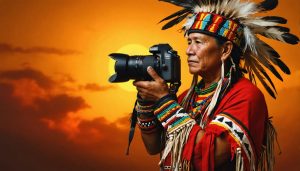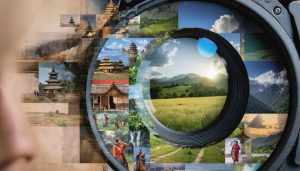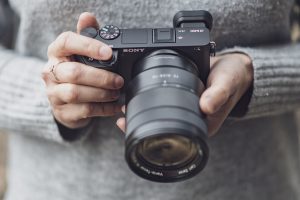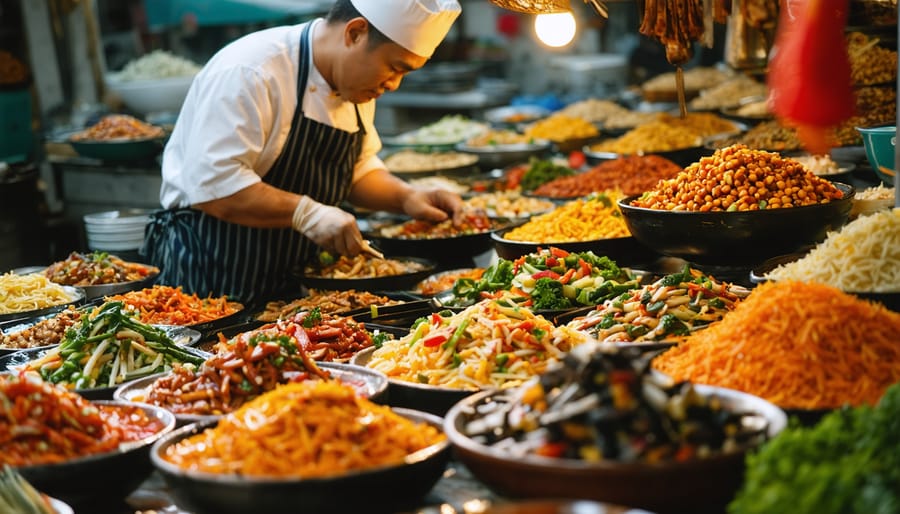
Capturing the essence of global cuisine demands more than just technical prowess with a camera – it requires deep cultural understanding and respect for the stories behind each dish. Through global visual storytelling, food photographers transform simple meals into powerful narratives that transcend borders and connect humanity through our shared love of food.
From the delicate art of Japanese kaiseki to the communal spirit of Mediterranean mezze, every culinary tradition carries centuries of history, ritual, and meaning. Modern food photography must balance aesthetic beauty with cultural authenticity, capturing not just the visual appeal of dishes but also their context, preparation, and the people who bring them to life.
The intersection of technical skill and cultural sensitivity creates compelling food imagery that educates and inspires. By understanding local customs, ingredient significance, and traditional preparation methods, photographers can document global culinary arts in ways that honor their origins while appealing to contemporary audiences. This careful documentation helps preserve endangered food traditions while celebrating the innovation and fusion that drives modern global cuisine forward.
Essential Equipment for Global Food Photography
Camera and Lens Selection
When documenting global culinary arts, your choice of camera and lens can significantly impact the quality and authenticity of your food photography. For most situations, a full-frame mirrorless camera or DSLR offers the versatility needed to capture everything from intimate dish details to wider shots of food preparation and dining contexts.
The Sony A7 III and Canon EOS R6 are excellent all-around choices, offering superior low-light performance crucial for dimly lit restaurants and kitchen environments. Their advanced autofocus systems help maintain sharp focus on moving subjects during food preparation sequences.
For lenses, a trinity of options will cover most culinary photography scenarios. A 24-70mm f/2.8 serves as your versatile workhorse, perfect for environmental shots and plated dishes. A 90mm or 100mm macro lens is essential for those mouth-watering close-ups that reveal intricate textures and garnish details. Consider also a fast 35mm prime lens for storytelling shots in tight spaces and low-light conditions.
While professional gear helps, don’t feel limited by equipment. Modern smartphones with multiple lenses can capture remarkable food photos, especially when paired with good lighting techniques. The key is understanding your equipment’s strengths and limitations, then working within those parameters to tell compelling culinary stories.
Remember, the best camera is the one that doesn’t interrupt the authentic flow of food preparation and dining experiences. Choose gear that allows you to work quickly and unobtrusively while maintaining professional image quality.
Lighting Techniques for Various Settings
Capturing the essence of global cuisine requires adapting your lighting techniques to various cultural cooking environments. In traditional Asian kitchens, where wok cooking creates dramatic flames and steam, position your light source at a 45-degree angle to capture the dynamic motion while avoiding harsh shadows. A diffused key light helps maintain the authenticity of the scene without overwhelming the natural ambiance.
For Mediterranean outdoor cooking settings, work with natural light during the golden hour to enhance the vibrant colors of fresh ingredients. When shooting in covered markets or indoor souks, consider using a combination of available light and a small LED panel to fill in shadows while preserving the atmospheric quality of the space.
In Latin American settings, where colorful ingredients and cooking vessels are common, use soft, directional lighting to emphasize texture while maintaining the rich color palette. For European fine dining environments, where plating is often precise and architectural, employ controlled lighting with a beauty dish or softbox to create subtle highlights that showcase the chef’s artistry.
Dark, moody restaurant kitchens require careful balance. Use spot lighting to highlight specific cooking actions while maintaining the environmental context. Consider using a reflector to bounce existing light and fill shadows, especially when documenting intimate family cooking scenes or traditional preparation methods.
Remember that different cultures have varying perspectives on food presentation and photography. Always respect local customs and adjust your lighting approach accordingly to capture authentic culinary moments.
Capturing Food Preparation Rituals
Action Shot Techniques
Capturing the dynamic energy of culinary preparation requires a combination of technical skill and anticipatory thinking. Start by setting your camera to a fast shutter speed, typically 1/250 second or faster, to freeze motion like flame flares, water splashes, or tossing ingredients. Position yourself strategically to anticipate the action – whether it’s a chef flipping a wok or steam rising from a freshly opened dumpling.
Natural light works best for action shots, but if you’re shooting indoors, use continuous lighting rather than flash to maintain the authentic atmosphere. Keep your aperture between f/4 and f/5.6 to maintain sharp focus on the subject while creating a pleasing background blur.
Consider using burst mode to capture split-second moments like spice throwing or sauce drizzling. When photographing flames or steam, shoot from a slight angle rather than straight-on to add depth and drama to your images. Remember to protect your equipment from splashes and heat by maintaining a safe distance.
For authentic storytelling, focus on genuine cooking moments rather than staged actions. Watch for natural gestures like hand-kneading dough, the precise knife work of a sushi chef, or the rhythmic movement of street food vendors. These unscripted moments often yield the most compelling images that truly represent global culinary traditions.
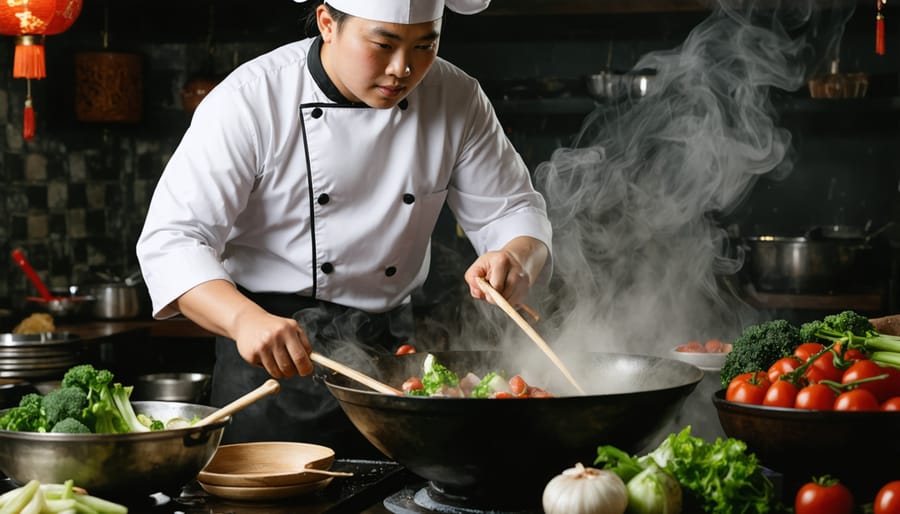
Documenting Traditional Tools
Documenting traditional cooking tools requires a thoughtful approach that captures both their functionality and cultural significance. When photographing implements like mortars and pestles, clay pots, or centuries-old cooking vessels, consider shooting from multiple angles to showcase their craftsmanship and wear patterns that tell stories of continued use.
Natural lighting works best to highlight the authentic textures and materials. Position tools near windows or in outdoor kitchen spaces, allowing soft, directional light to create subtle shadows that emphasize form and detail. For metallic implements, be mindful of reflections – diffused lighting helps manage unwanted glare while maintaining the material’s characteristic shine.
Context is crucial. Photograph these tools in their natural environment, whether that’s a traditional kitchen, outdoor cooking area, or alongside the ingredients they’re typically used with. Include hands in some shots to demonstrate proper usage and scale, but ensure they don’t overshadow the implement itself.
Close-up shots can reveal intricate details like wood grain in cutting boards, hammer marks in hand-forged knives, or the unique patina of well-used copper pots. When possible, create series of images showing tools both at rest and in action – this helps viewers understand their role in traditional cooking processes.
Remember to document any unique markings, maker’s marks, or regional variations that distinguish these tools from their modern counterparts. These details are valuable for cultural preservation and educational purposes.
Cultural Context in Food Photography
Environmental Storytelling
When capturing global culinary arts, the environment tells as much of the story as the food itself. Understanding how cultural identity in photography influences composition is crucial for creating authentic and meaningful food photographs.
Consider shooting in natural settings where the food originates. A steaming bowl of pho photographed in a bustling Vietnamese street kitchen carries more authenticity than the same dish isolated in a studio. The weathered wooden tables, traditional cookware, and ambient lighting all contribute to the visual narrative.
Pay attention to the cultural elements surrounding the food. Traditional tablecloths, serving vessels, and eating utensils provide valuable context. In Japanese cuisine, for example, the careful arrangement of ceramics and seasonal decorations helps convey the philosophy of mindful eating and presentation.
Timing plays a crucial role in environmental storytelling. Morning light filtering through a Moroccan marketplace as vendors arrange their spice pyramids creates a different story than the warm glow of lanterns illuminating street food stalls at dusk. These ambient conditions help viewers connect with the time and place where the culinary tradition lives.
Include people when appropriate, but be mindful of their role in the scene. Hands preparing food, vendors arranging displays, or families sharing meals can add human elements without overshadowing the culinary focus. These moments help document the social and cultural aspects of food preparation and consumption.
Remember to capture wide-angle shots that establish the setting before moving in for detail shots of the food. This approach helps create a complete narrative, allowing viewers to understand both the dish and its cultural context. Whether you’re photographing a traditional tea ceremony in Kyoto or a family feast in Tuscany, the environment should enhance and authenticate your culinary storytelling.
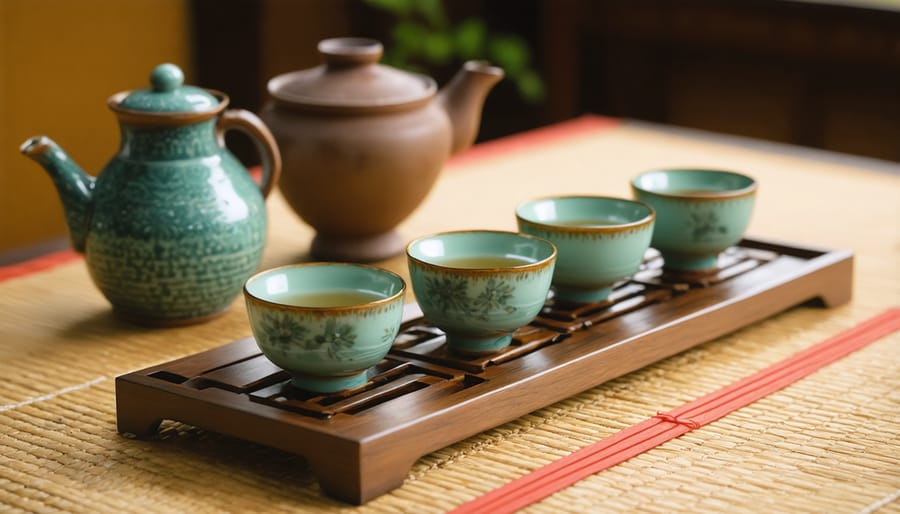
People and Traditions
When capturing global culinary arts, the human element is just as crucial as the food itself. Traditional food preparation methods, passed down through generations, tell stories that transcend mere ingredients and techniques. As photographers, we must recognize how cultural diaspora influence shapes modern food practices and presentation.
Consider documenting the hands of a pasta maker in Italy, their fingers expertly kneading dough in rhythmic motions, or capturing the concentrated expression of a sushi master as they precisely slice fish in Japan. These moments convey authenticity and respect for tradition that resonates with viewers on an emotional level.
When photographing food traditions, timing is everything. Arrive early to document preparation rituals, like the morning routine of a French baker or the ceremonial tea preparation in Morocco. Build rapport with your subjects before shooting – a genuine connection often leads to more natural, intimate photographs that truly represent their cultural heritage.
Pay attention to traditional serving vessels, family heirloom utensils, and time-honored presentation methods. These elements add layers of cultural context to your images. For instance, photographing Vietnamese pho isn’t complete without capturing the carefully arranged herb plate and the ritualistic assembly of ingredients by the diner.
Remember to showcase the communal aspect of food culture. Whether it’s a Spanish family sharing paella or street food vendors interacting with customers in Bangkok, these social interactions are integral to the story of global cuisine. Include wide-angle shots that establish context and tight portraits that reveal emotion and concentration.
Always approach traditional food photography with cultural sensitivity and awareness. Research local customs regarding photography and food handling, and always seek permission before documenting private moments or sacred preparations. Your role is to preserve and celebrate these traditions through respectful documentation.
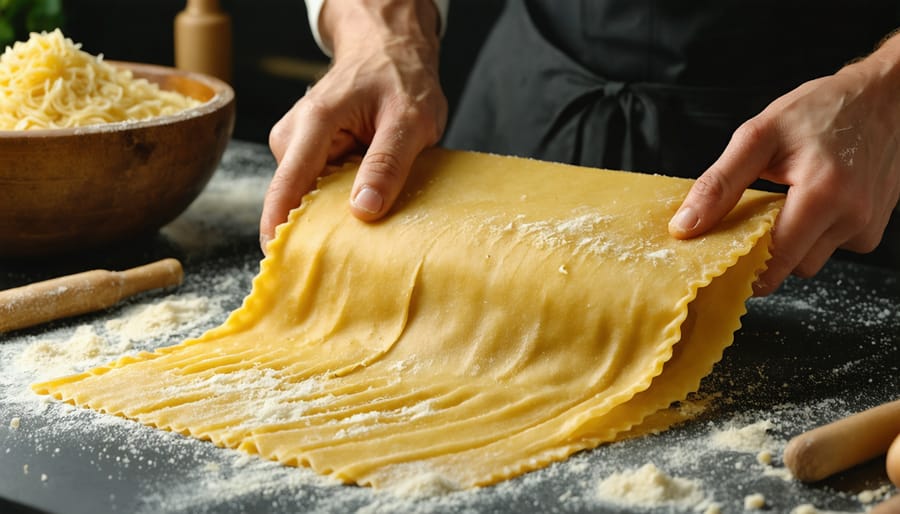
Post-Processing for Cultural Authenticity
Post-processing plays a crucial role in preserving the authentic cultural essence of culinary photography while enhancing its visual appeal. When editing food photographs from diverse cultural traditions, it’s essential to maintain a delicate balance between technical improvement and cultural respect.
Color grading should honor the traditional presentation of dishes. For instance, when photographing Japanese wagashi, preserve the subtle, muted tones that characterize these confections rather than artificially boosting saturation. Similarly, taking cues from indigenous artistic perspectives can guide us in representing traditional foods with appropriate reverence and authenticity.
Consider these key post-processing principles:
– Maintain natural food colors that reflect cultural accuracy
– Preserve authentic textures and cooking marks
– Avoid over-manipulation that might misrepresent traditional preparation methods
– Keep cultural context elements in frame when cropping
– Use white balance adjustments that honor the original lighting conditions
When working with traditional dishes, research their cultural significance before editing. For example, the deep red color of Korean kimchi shouldn’t be artificially enhanced, as its natural fermentation process creates specific color variations that tell the story of its preparation.
Temperature and tint adjustments should reflect the authentic environment where the food is traditionally served. For instance, warm tones might better represent the ambiance of a Mediterranean taverna, while cooler tones might suit Nordic cuisine photography.
Remember that selective editing can help highlight important cultural elements without distorting reality. Use tools like clarity and texture adjustments judiciously to emphasize traditional cooking techniques or unique ingredients while maintaining the dish’s authentic appearance.
By approaching post-processing with cultural sensitivity, we can create compelling images that not only look beautiful but also serve as honest documentation of culinary heritage.
As photographers documenting global culinary traditions, we carry a profound responsibility to preserve and celebrate the world’s diverse food heritage. Through our lenses, we become storytellers of centuries-old cooking methods, cherished family recipes, and cultural celebrations centered around food. This visual documentation serves not just as artistic expression, but as a vital historical record of humanity’s relationship with food across different cultures. By approaching food photography with cultural sensitivity, thorough research, and respect for traditions, we help ensure these culinary stories are told authentically and preserved for future generations. Remember that every dish has a story, every ingredient has significance, and every cooking technique reflects generations of wisdom. Our role is to capture these elements truthfully, helping to bridge cultural understanding through the universal language of food.
